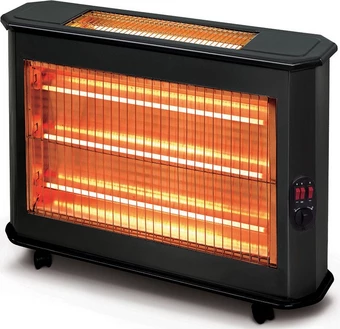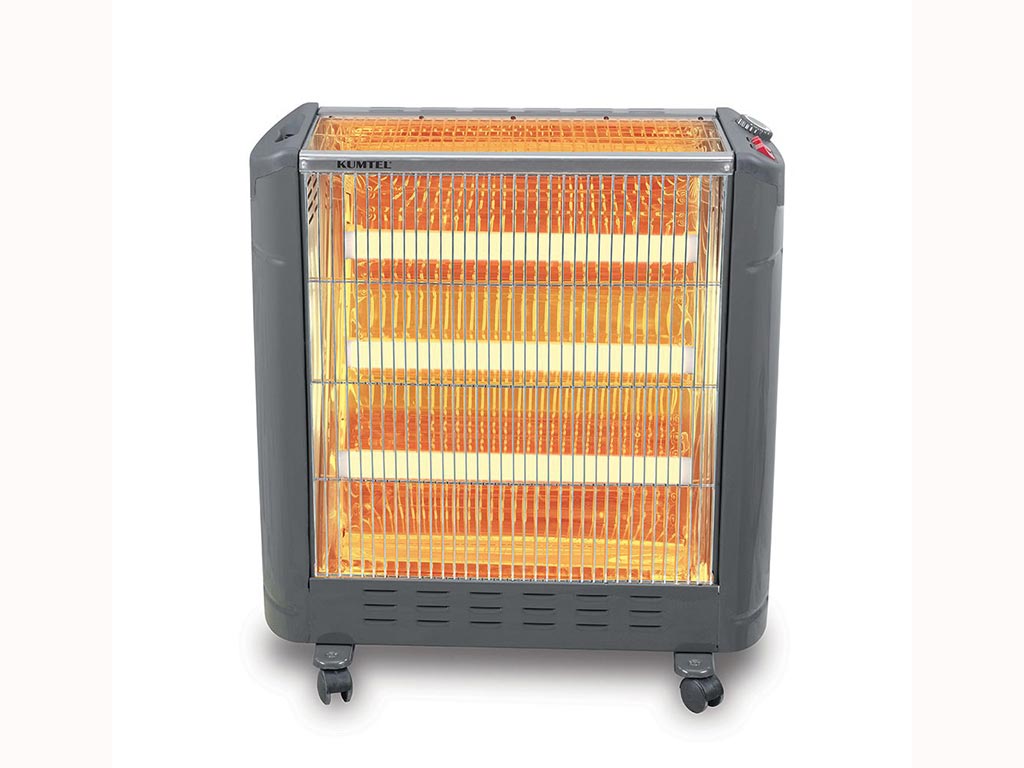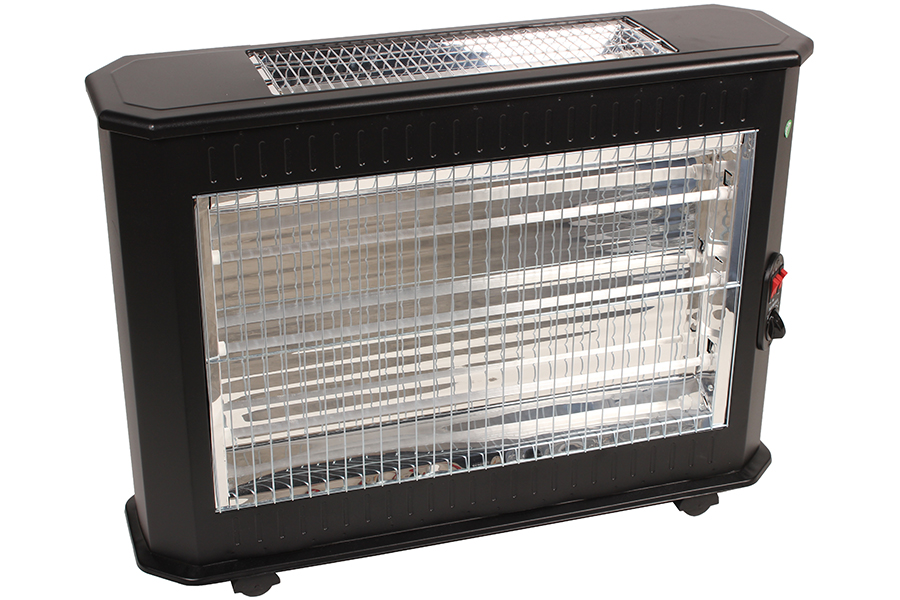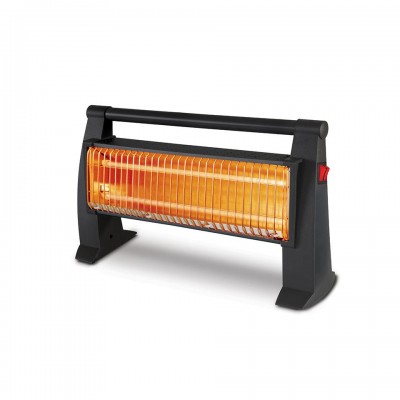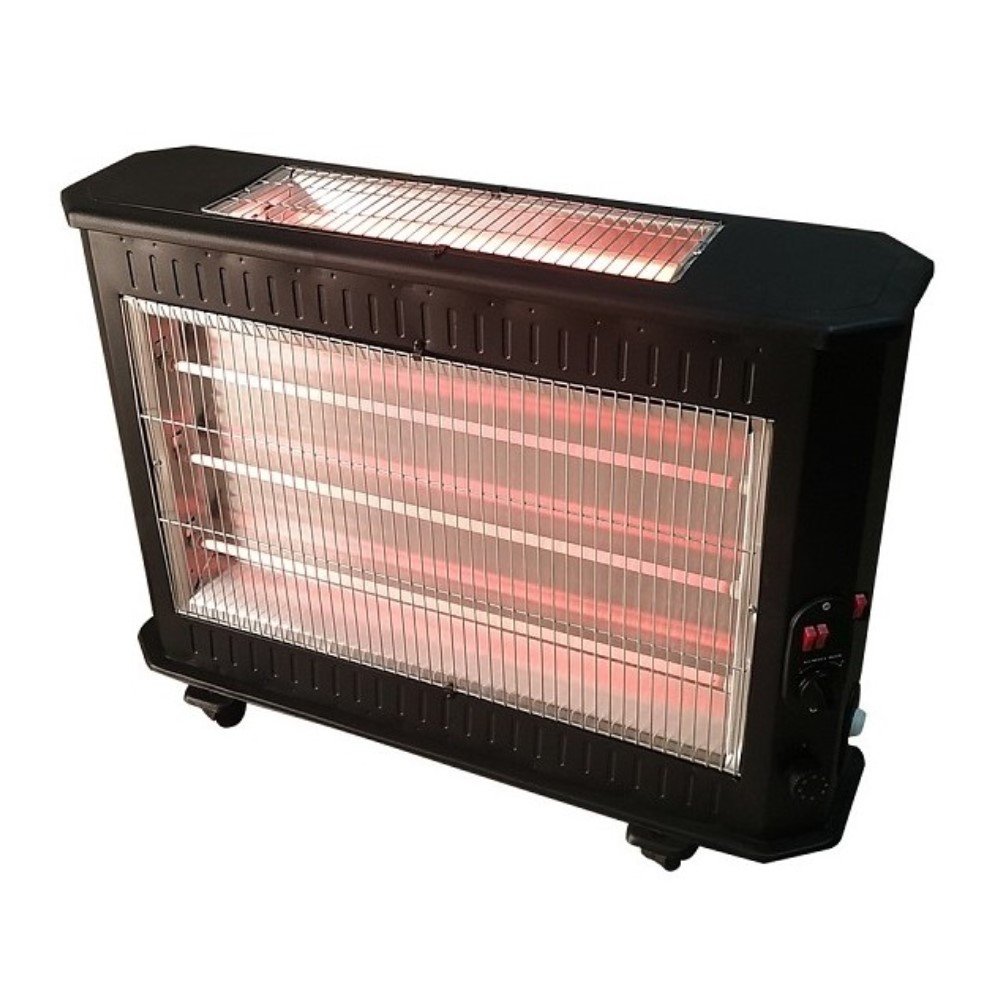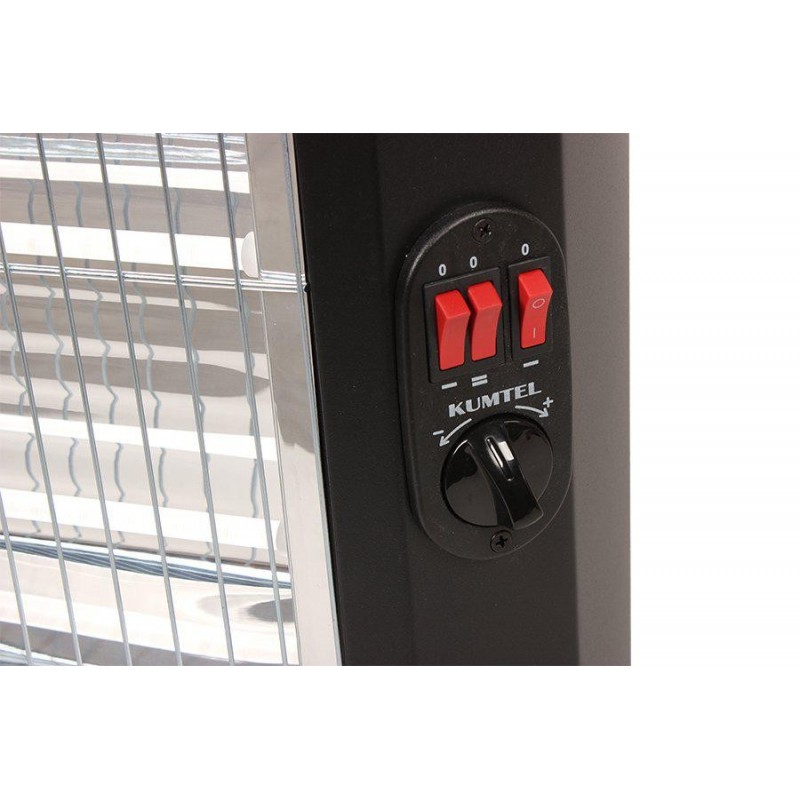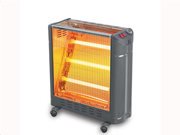
Γούση - Σόμπα Αλογόνου-Χαλαζία / Kumtel Θερμάστρα Χαλαζία KS 2710 2800W 3 επίπεδα θέρμανσης 5 λάμπες Θερμοστάτης kumtel 2800w με 5 λαμπες (3+2 πάνω)!!!!!!!Καλύπτει εως και 40μ² και ειναι οικονομικη στην καταναλωση!!!! | Facebook

Kumtel Digital Fastfryer 5.5 L Haf-02 (Oil-Free Fryer Airfryer), Timer, Led Display, Oil-Free Airfryer and Touch Cooking - AliExpress

Kumtel Digital Fastfryer 5.5 L Haf-02 (Oil-Free Fryer Airfryer), Timer, Led Display, Oil-Free Airfryer and Touch Cooking - AliExpress


